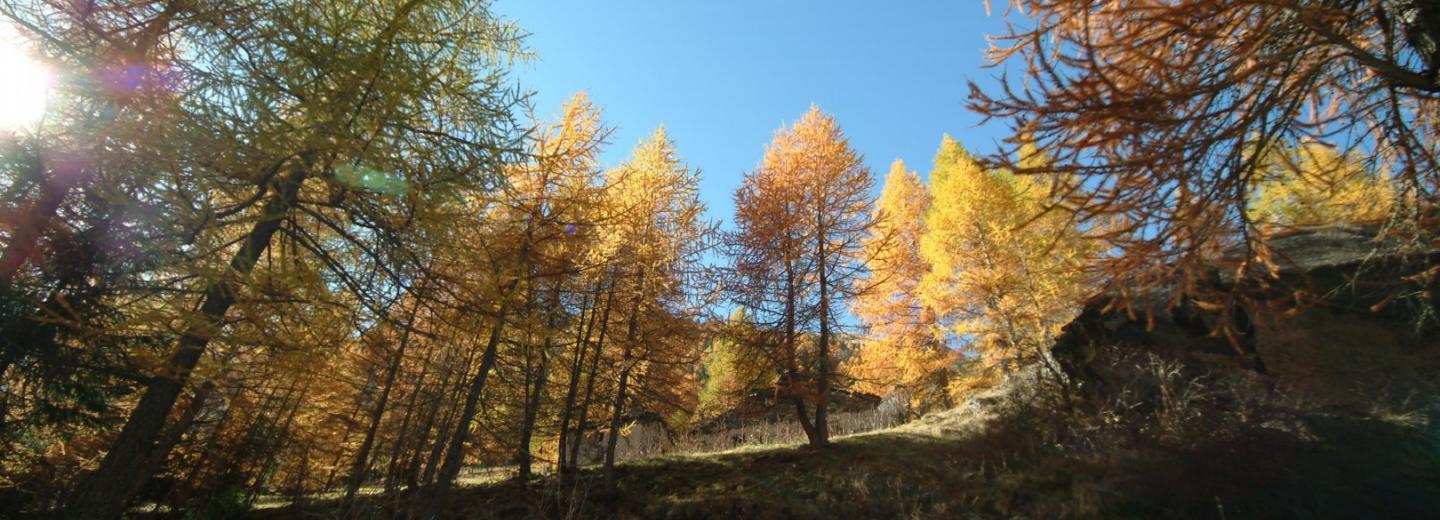In this category there are environments that differ greatly from one another, but they are all characterized by the dominant presence of shrubs and plants which don't grow in a single direction, and form branches very near to the ground.
The most widely spread shrubberies in the territory of the park can, for simplicity's sake, be put into three general groups:
- Waterside willows, usually taller and found at low altitude (rivers and streams) or at high altitudes (streams and mountain streamlets). They are marked by the dominant presence of different species of willow bushes, depending on the ecological conditions of the area.
- Shrubberies in dry hot zones. Generally represent the intermediate state in the return of the forest to places once cultivated by humans.
- Older groves are shrubs in which the green alder (Alnus viridis), is dominant. This tree is can grow up to 3 metres, usually leaning over. The green alder colonizes the sides of gullies, the banks of mountain streams, the lowest areas and the moraines: it is a pioneering plant, in that it grows on ground that is poor in nutritional substances but rich in moisture and it is able to enrich the soil with nitrogen which is easily absorbed by plants. Because of this, the vegetation that grows among the alders is very rich, and is made up of large-leafed, tall plants.
The forest borders are a herbaceous fringe outside of the tree or shrub covered area typical of the forest. They are made up of plants that are more isolated compared to those in the forest undergrowth, but have a cooler and more sheltered microclimate than those on the plains and open pastures. These environments, except where the ground is too dry, are constantly in evolution towards the forest, or towards the plains in the event of human intervention; in other cases, this type of vegetation easily spreads on the abandoned plains of the plateau.
Moors and heaths, common in the zone above the timberline, are formations of low trees, often having a prostrate-upward bearing, where the plants have tough leathery leaves. The vegetation cover is often uneven, encouraging the presence of numerous herbaceous and small plants, lichen and moss. There are many types of heaths common in the park’s territory:
- Continental moors with Sabina (Juniperus sabina, Juniperus communis and the common bearberry).
- Sub-alpine xerofhilous moors with dwarf juniper (Juniperus communis subsp. nana, Calluna vulgaris and whortleberry).
- Sub-alpine meso-hygrophilous moors with rhododendron and whortleberry (Rhododendron ferrugineum, Vaccinium myrtillus).
- Alpine moors in windy areas.
